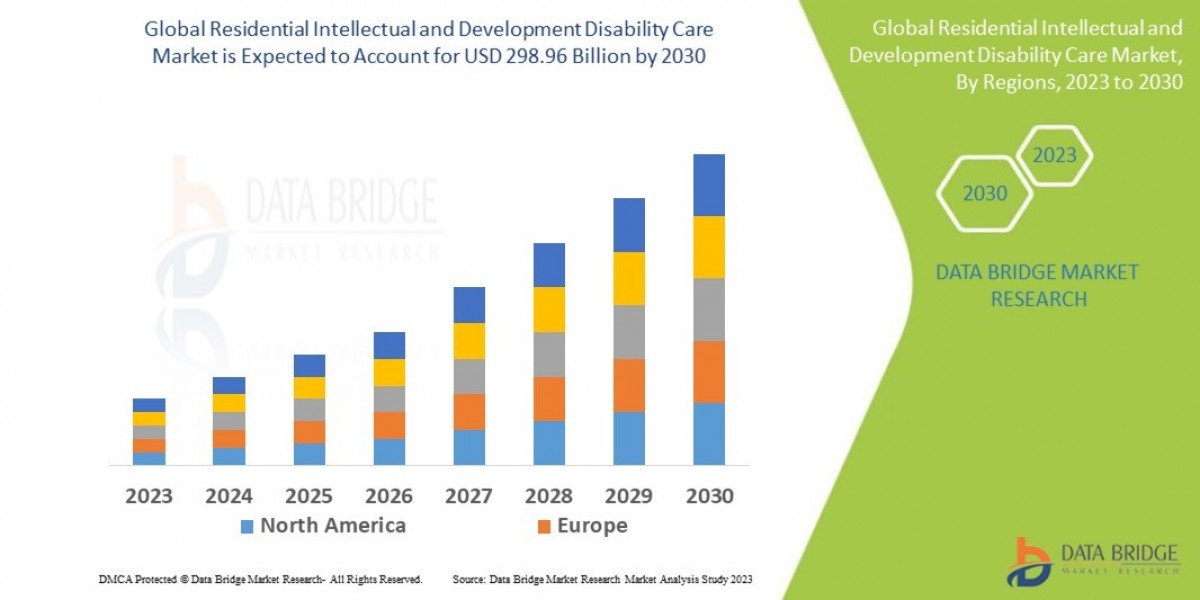Email remains one of the most powerful digital communication tools. Yet, with crowded inboxes and shortening attention spans, brands must find innovative ways to stand out.
The rise of Immersive Email introduces a new approach, where interactivity, personalization, and design combine to transform a static message into an engaging digital experience. By focusing on features that capture attention and encourage interaction, marketers can ensure emails achieve more than just an open—they leave a lasting impression.
Why Engagement Is the True Measure of Success
Traditional email metrics such as open rates and click-through rates only tell part of the story. The real challenge lies in keeping audiences engaged long enough to interact with the content. An effective email doesn’t simply deliver information; it creates an environment that motivates users to act.
The Core Features That Capture Attention
Interactive Elements
Adding interactivity transforms email from a static message into a dynamic experience. Features like image carousels, polls, or mini-quizzes encourage readers to engage directly within the email. This reduces friction by eliminating the need to click away to another platform.
Personalization and Dynamic Content
Generic emails often get ignored. Dynamic content such as product recommendations, location-based offers, or time-sensitive updates creates relevance. Personalization goes beyond using a first name; it adapts content to individual behaviors and interests, making the message more compelling.
Responsive Design
Emails must look equally impressive across devices. A responsive layout ensures text, images, and interactive features display correctly on desktops, tablets, and smartphones. This consistency builds trust and reduces bounce rates caused by poor formatting.
Eye-Catching Visuals
Visual storytelling strengthens the impact of a message. High-quality images, engaging GIFs, and subtle animations draw the eye and highlight key points. Visuals should complement the message rather than overwhelm, ensuring clarity and impact.
Features That Drive Clicks
Strong Call-to-Action (CTA)
The CTA is the centerpiece of any campaign. Clear, action-oriented language paired with prominent design helps guide readers toward the desired outcome. Well-placed CTAs with contrasting colors improve visibility and click-through performance.
Embedded Videos
Video is one of the most engaging forms of content. Embedding video previews within an email encourages users to click and learn more. Even when full playback isn’t supported, thumbnail previews linked to landing pages increase interest.
Countdown Timers
Scarcity and urgency drive action. Countdown timers highlight limited-time offers or event registrations, motivating users to respond quickly. These visual cues add energy and immediacy to campaigns.
Navigation Features
Multi-section emails that mimic website navigation provide users with quick access to different areas of interest. By structuring content like a mini-site, marketers allow readers to explore more without leaving the email.
Features That Create Lasting Impressions
Storytelling Through Sequences
Emails that tell a story across multiple campaigns build anticipation and loyalty. Sequenced content allows brands to guide audiences step by step, creating deeper emotional connections.
Gamification Elements
Incorporating gamified features like spin-to-win wheels or reward-based challenges increases engagement. These playful touches tap into natural curiosity and provide memorable experiences.
Social Proof Integration
Showcasing reviews, testimonials, or user-generated content builds trust. Audiences are more likely to remember messages that include relatable, authentic experiences from other customers.
Consistent Brand Identity
Memorable campaigns maintain visual and tonal consistency. Aligning color schemes, fonts, and messaging with brand identity reinforces recognition and strengthens customer relationships.
Benefits of Implementing Engaging Features
Higher Retention Rates
Emails designed for interaction and personalization reduce unsubscribes. When users find messages valuable, they are more likely to stay connected.Improved Conversion
Features like embedded CTAs, countdowns, and product showcases drive readers closer to purchase decisions. Engaging designs reduce the gap between interest and action.Enhanced Brand Perception
Well-designed interactive messages elevate brand image. Businesses that adopt innovative email strategies are viewed as forward-thinking and customer-focused.Better Data Insights
Interactivity provides measurable insights into customer behavior. Polls, clicks, and navigation data allow marketers to refine strategies with precision.
Challenges to Consider
Technical Limitations
Not all email clients support advanced features. Marketers must balance innovation with compatibility to ensure campaigns function across platforms.
Design Complexity
Immersive features require skilled design and coding. Poor execution can confuse readers or slow load times, harming the overall user experience.
Privacy Concerns
Personalization depends on data. Companies must handle customer information responsibly and comply with privacy regulations to maintain trust.
Balancing Creativity and Clarity
Too many interactive elements can overwhelm readers. The goal is to enhance communication, not distract from it. Finding the right balance ensures messages remain clear and impactful.
Practical Steps for Businesses
Audit Current Campaigns
Reviewing existing strategies helps identify weaknesses. Businesses can pinpoint where engagement drops and focus on features that address those gaps.Test New Features Gradually
Introducing interactive elements step by step allows businesses to monitor results and adapt. Testing ensures that new features enhance rather than disrupt the user journey.Segment Audiences
Different groups respond to different content. Segmenting lists ensures that interactive features and personalization efforts match audience preferences.Invest in Training and Tools
Teams need access to the right tools and skills to implement advanced designs. Investment in training ensures consistency and professionalism in campaigns.
The Future of Engaging Email Campaigns
AI-Driven Personalization
Artificial intelligence will enhance real-time customization, delivering hyper-relevant messages based on behavior, preferences, and context.
Integration With AR and VR
Augmented and virtual reality features are beginning to appear in digital campaigns. As technology evolves, email will become a gateway to richer, multi-sensory experiences.
Increased Automation
Automation will handle sequencing, personalization, and data-driven adjustments, freeing marketers to focus on strategy and creativity.
Sustainability in Design
Minimalist designs with optimized coding reduce the environmental footprint of digital campaigns. Brands adopting sustainable design practices may appeal more to conscious consumers.
Conclusion
Creating emails that audiences remember requires more than clever subject lines. Interactive features, personalization, and strong design transform ordinary campaigns into memorable experiences that drive measurable results.
As innovation accelerates, businesses exploring advanced formats like XR emails will gain an edge by offering audiences immersive, interactive journeys. By focusing on features that capture attention and encourage clicks, brands not only safeguard relevance but also build stronger, lasting connections with their customers.








